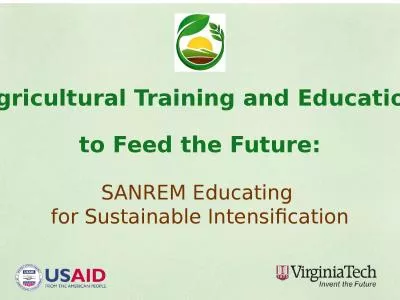PPT-How and Why Did We Become Agricultural?
Author : pasty-toler | Published Date : 2016-05-27
Chapter 9 The Food Producing Revolution Era Period Epoch Million Yrs Ago Age Evolutionary Milestones Cenozoic Quaternary Holocene 01 Iron Bronze Copper Neolithic
Presentation Embed Code
Download Presentation
Download Presentation The PPT/PDF document "How and Why Did We Become Agricultural?" is the property of its rightful owner. Permission is granted to download and print the materials on this website for personal, non-commercial use only, and to display it on your personal computer provided you do not modify the materials and that you retain all copyright notices contained in the materials. By downloading content from our website, you accept the terms of this agreement.
How and Why Did We Become Agricultural?: Transcript
Download Rules Of Document
"How and Why Did We Become Agricultural?"The content belongs to its owner. You may download and print it for personal use, without modification, and keep all copyright notices. By downloading, you agree to these terms.
Related Documents

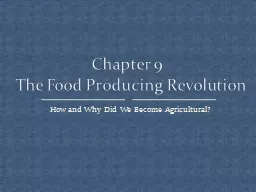

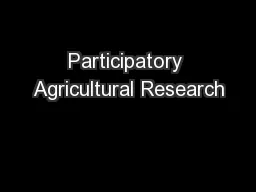
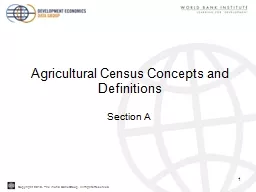
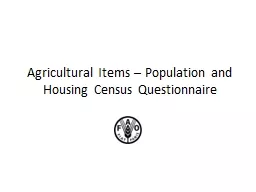
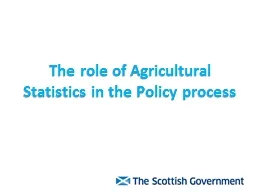
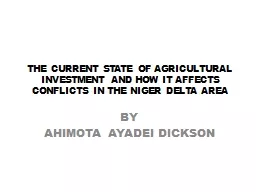

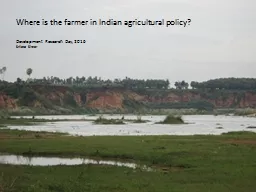
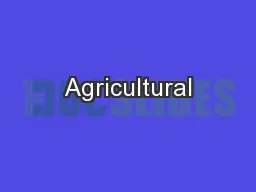
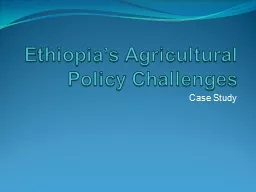
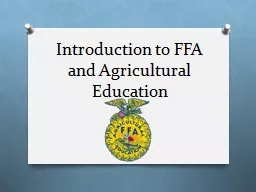
![[EBOOK]-The Agricultural Revolution in Prehistory: Why did Foragers become Farmers?](https://thumbs.docslides.com/957718/ebook-the-agricultural-revolution-in-prehistory-why-did-foragers-become-farmers.jpg)
